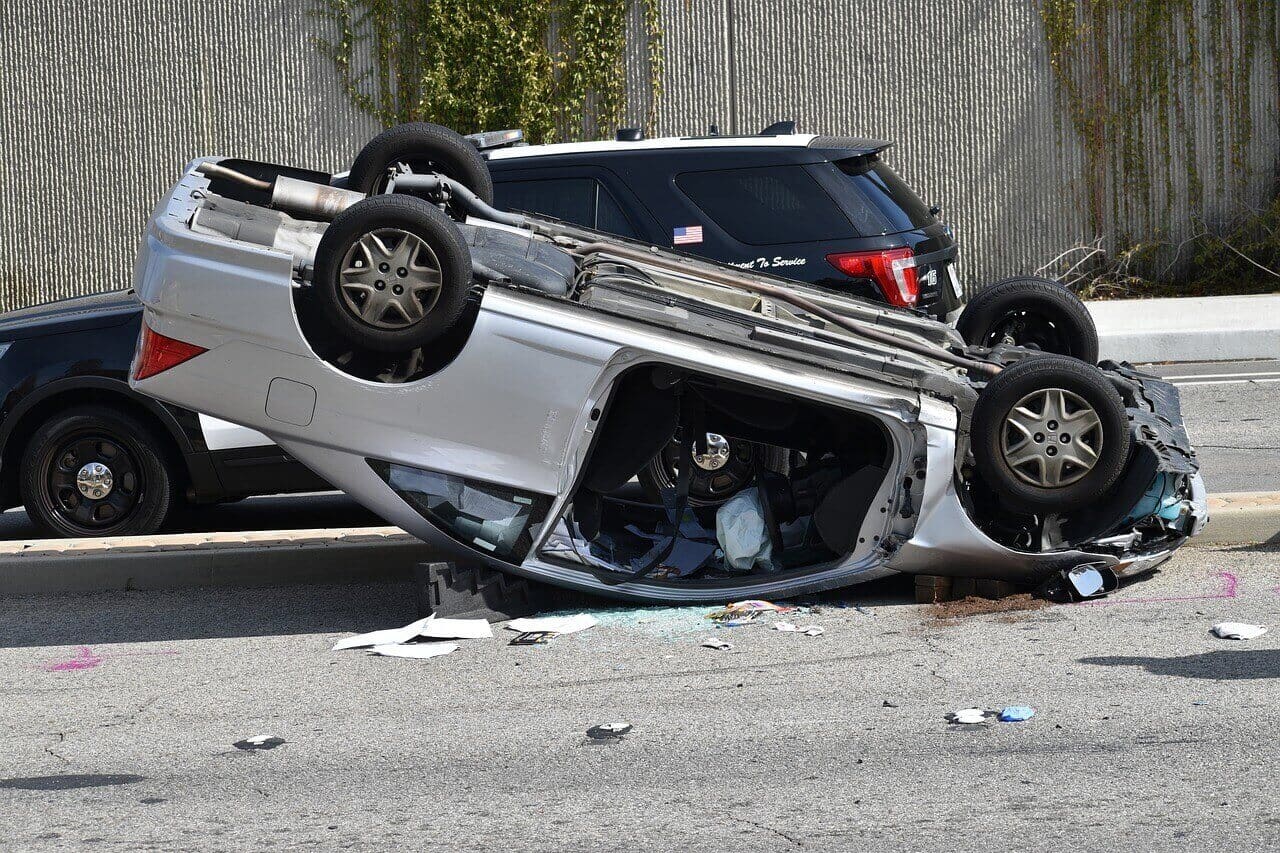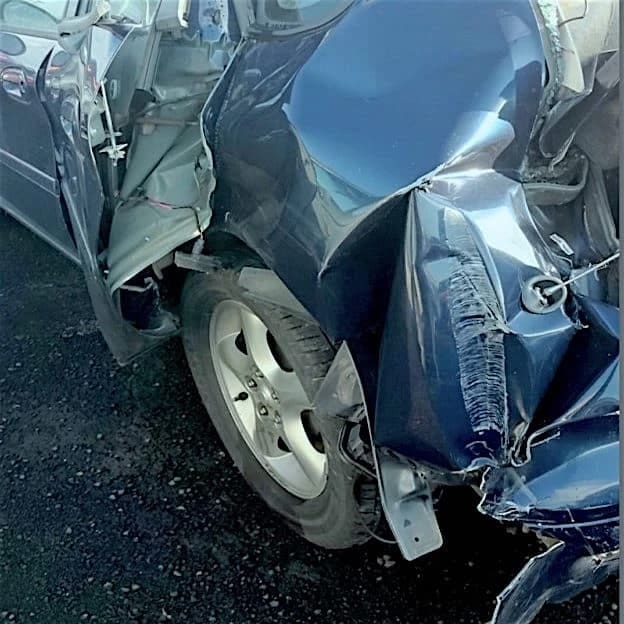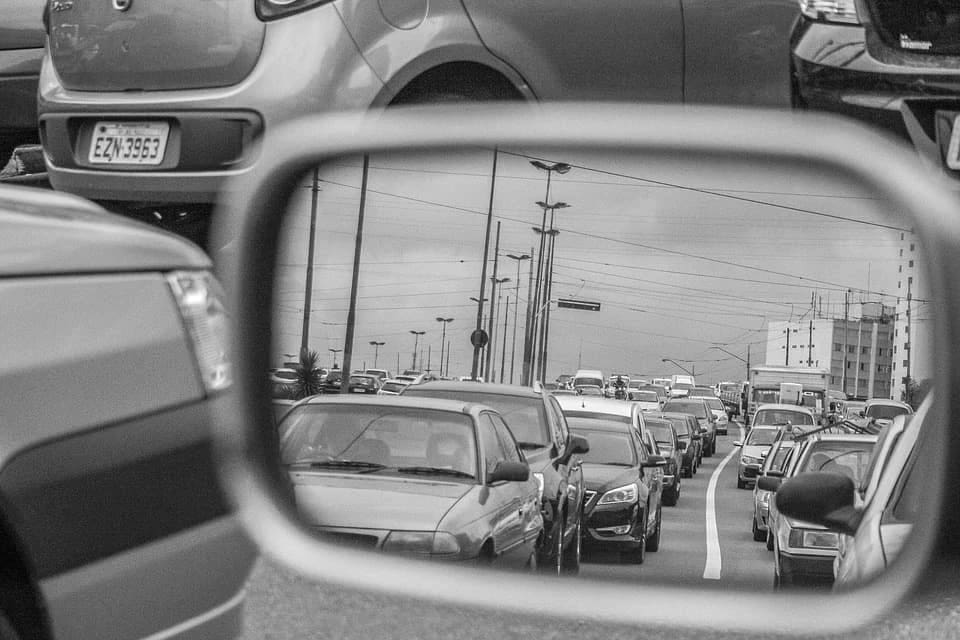With over 100 million cars on U.S. roads every day, car crashes are a common yet unforeseeable consequence of driving. While crashes cannot be predicted or always averted, they happen with regularity. Essentially every time you get into a car, you are at risk for getting into an accident. Speeding, distracted and reckless driving are factors that strongly increase the likelihood of a crash. Your chances also depend a lot on when and where you drive. While car crashes can happen anywhere, there are times and areas that are more common than others.
Last month, the National Highway Traffic Safety Administration (“NHTSA”) released crash statistics for 2020 that show where and when crashes take place. These statistics are based on police-reported crashes involving all types of motor vehicles, pedestrians, and cyclists, ranging from property-damage-only crashes to fatalities. They are used to estimate an overall crash picture, identify highway safety problem areas and measure trends. Understanding these patterns, and most common times and places for car crashes can help mitigate your risk.

Approximately 75% of reported motor vehicle crashes happened in urban areas.
Generally speaking, more cars on the road equates to more crashes. With denser concentrations of people and activity, urban settings tend to experience a higher incidence of accidents. The mixture of vehicles, pedestrians and cyclists – especially during rush hour – is a recipe for crashes.
By comparison, rural areas often see more fatal motor vehicle crashes. According to the U.S. Department of Transportation, crash deaths in rural areas in 2020 were significantly more likely to occur on collector and local roads than in urban areas. In cities, fatality crashes happen more often on arterial roads and interstates. Trends on crash deaths vary by state. Some states report more crash fatalities on urban streets while others occur on rural roads and highways. In 2020 in Washington State, 57% of car accident deaths occurred on rural roads, and 43% on urban streets.
State-by-state differences mainly stem from where most of the driving happens, not necessarily because one area is more dangerous than the other. Speed and long stretches of open road are factors. It is easier to speed on less crowded, flat roadways. Drivers may become sleepy while driving for extended periods, or pay less attention. While most crashes nationwide involve two or more vehicles, most of the 35% of single-vehicle crashes occur in rural areas and are fatal. It underscores that safe driving is as important on busy city streets as it is on empty rural roads.
25% of crashes occurred at intersections.

Intersections can be busy and confusing areas of the roadway. As roads cross or meet, drivers must prepare to stop, and yield to traffic and pedestrians.
In a “controlled” intersection” access is regulated by stop signs or traffic signals. But that does not prevent drivers from running a red light or misjudging how much time they need to brake at a stoplight. Rear-end collisions can occur at stoplights when drivers are distracted and brake too late, or they did not realize the light is red. At other times a car may have faulty brakes. While these types of crashes are not usually fatal, they can lead to personal injury and vehicle damage.
In an “uncontrolled” intersection, drivers must follow right-of-way rules. Not following right-of-way rules can lead drivers to make risky decisions and turns that can lead to crashes.
One of Seattle’s most dangerous intersections is 23rd Avenue East and East John Street. The corridor between Boyer Ave East and East John Street is also especially prone to crashes. Despite a posted speed limit of 30 miles per hour, drivers typically travel an average of 10 miles over the limit in this area.
52% of crashes happened in the south.
The majority of crashes occur in the southern region of the U.S. including the states of Maryland, Delaware, West Virginia, Washington D.C., Virginia, Kentucky, Tennessee, North Carolina, South Carolina, Georgia, Florida, Alabama, Mississippi, Louisiana, Arkansas, Oklahoma, and Texas.
Less than 10% of crashes occurred in rainy weather conditions; over 70% in clear weather.
Crash statistics in Seattle may differ from NTHSA’s overall findings, given the average number of rainy days. But generally speaking, rainy weather does not increase the incidence of crashes. That said, drivers should always pay attention to conditions that limit visibility and affect the roadways to help avoid a crash.

Nearly 70% happened on weekdays and in daytime hours.
Car crashes are most likely to occur on Fridays (17%), followed closely by Thursdays (16%). The time of day crashes occur most frequently is 3:00 pm – 6:00 pm. Nearly 67% of crashes occur in daylight hours.
Some of the reasons crashes occur later in the week and later in the day may be due to a higher volume of cars on the road including commuters and weekend travelers. Drivers may also be tired after a long work week, and lose focus or become distracted.
Recommended Article: More than any other Place Crashes Happen
The largest percentage of accidents happened in October (11%), followed by August and Sept (10%).
A common misconception is that car crashes happen more frequently in winter months because of cold weather conditions. However, this is untrue. The most common period of the year for car crashes is late summer and fall. According to NHTSA, October is the month with the most crashes, followed by August and September.
Nearly 15% of crashes involve a hit and run.
5% of crashes involve a pedestrian.
As a driver, passenger or pedestrian, you should be aware of your risk of being involved in a motor vehicle incident. Knowing where and when car crashes more commonly happen is useful information to help lessen your chances of sustaining a personal injury or property damage. Since a car crash can happen anywhere and at any time, you should always be vigilant behind the wheel and practice safe driving skills.
Helpful Reading: Stop Calling Accidents
Services We Offer
- Car Crashes
- Bicycle Crashes
- Burn Injuries
- Brain Injury Law
- Motorcycle Crashes
- Spinal Cord Injuries
- Pedestrian Injuries
- Train Crash & Maritime Injuries
- Truck Crash Law
- Wrongful Death



